RepScan, based in Barcelona, allows anyone to locate, document, and request the removal of harmful content affecting their image or rights
Security
What to do if someone publishes your intimate content on internet?
In the digital age, the unauthorized distribution of intimate content is a growing issue that can have significant emotional and legal consequences for victims. If you find yourself in this situation, acting quickly is essential to minimize damage and remove intimate content from the internet.
In this step-by-step guide, we explain what to do to protect your privacy and assert your rights.
Robinson list: The list to stop unwanted calls in Spain
If you’re tired of unwanted spam calls, this article will be of great interest to you. We will inform you about the Robinson list which will stop unwanted calls from companies. This will put an end to advertising calls from all kinds of sales representatives, from mobile operators to insurance companies, is as simple as signing up for the Robinson List.
Here, we’ll explain everything you need to know about this list and how to ensure that it works effectively.
Black market networks of stolen intimate videos
The black market for intimate videos is a growing concern fueled by the internet and social media. This article explores how these networks operate, how stolen content is commercialized, and what victims can do to protect themselves.
How to protect your privacy when watching adult content?
Consuming adult content is a private activity that many prefer to keep anonymous. However, the reality is that our online activities can be tracked by browsers, internet providers, advertisers, and even cybercriminals. In this article, we will explore the risks there are to your privacy when watching adult content and how you can protect your personal information to browse more safely.
Myths about online reputation and how to protect your image
Online reputation has become a key factor for businesses and individuals. However, many myths surround it that can lead to wrong decisions or ignoring real threats. In this article, we debunk the most common beliefs about digital reputation and explain how to protect your image on the Internet.
Delete a TikTok video in minutes: Quick and easy guide
TikTok is one of the most popular social networks today, with millions of users sharing content daily. However, you may want to delete a video you’ve uploaded for privacy reasons, publishing errors, or simply because you no longer want it available. In this guide, we explain how to delete a TikTok video quickly and easily, without leaving a trace.
Preventing minors from accessing adult content
Preventing minors from accessing adult content is very important in the digital age. As parents or guardians, it is essential to take steps to protect them and ensure their online experience is safe and appropriate for their age.
Below, we explain the best strategies and tools to prevent minors from accessing adult content.
Pornographic deepfakes: A new privacy risk
Pornographic deepfakes are a type of manipulated content generated using artificial intelligence that alters videos or images to replace one person’s face with another’s without their consent. This use of technology poses serious risks to victims’ privacy and reputation, becoming an increasingly significant threat in the digital environment.
In this page we will talk more about this:
How to protect yourself from sextortion, a type of digital blackmail
Sextortion is one of the most concerning forms of digital blackmail today. That is why knowing about sextortion and how to protect yourself against it is essential. This crime occurs when an attacker threatens to disclose intimate or compromising content of a person in exchange for money, favors, or any other demand. With the rise of social media, cloud storage, and messaging apps, this type of cybercrime has significantly increased, affecting people of all ages.
Below, we explain in detail what sextortion is, how criminals operate, and what measures you can take to prevent and respond to this threat.













